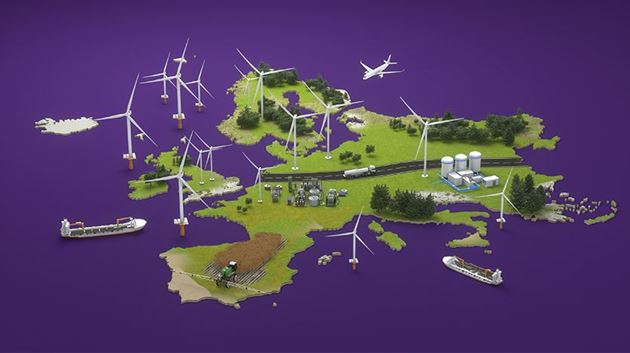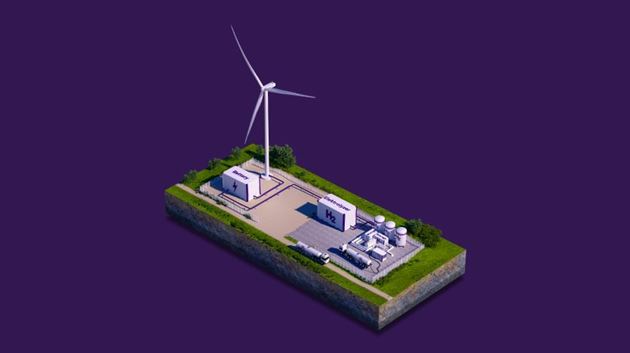
Green Hydrogen Unlocked:
The Brande Hydrogen Project
Siemens Gamesa has been at the forefront of green hydrogen initiatives since 2021 when it started operations of its first pilot project in Denmark. Since then, the Brande Hydrogen project has produced green hydrogen from an onshore wind turbine connected to an electrolyzer, with the fuel used to power taxis in Copenhagen, Denmark.
Do you have questions about our hybrid power and storage solutions? Are you interested in partnering up with Siemens Gamesa? Please contact us.
info@siemensgamesa.com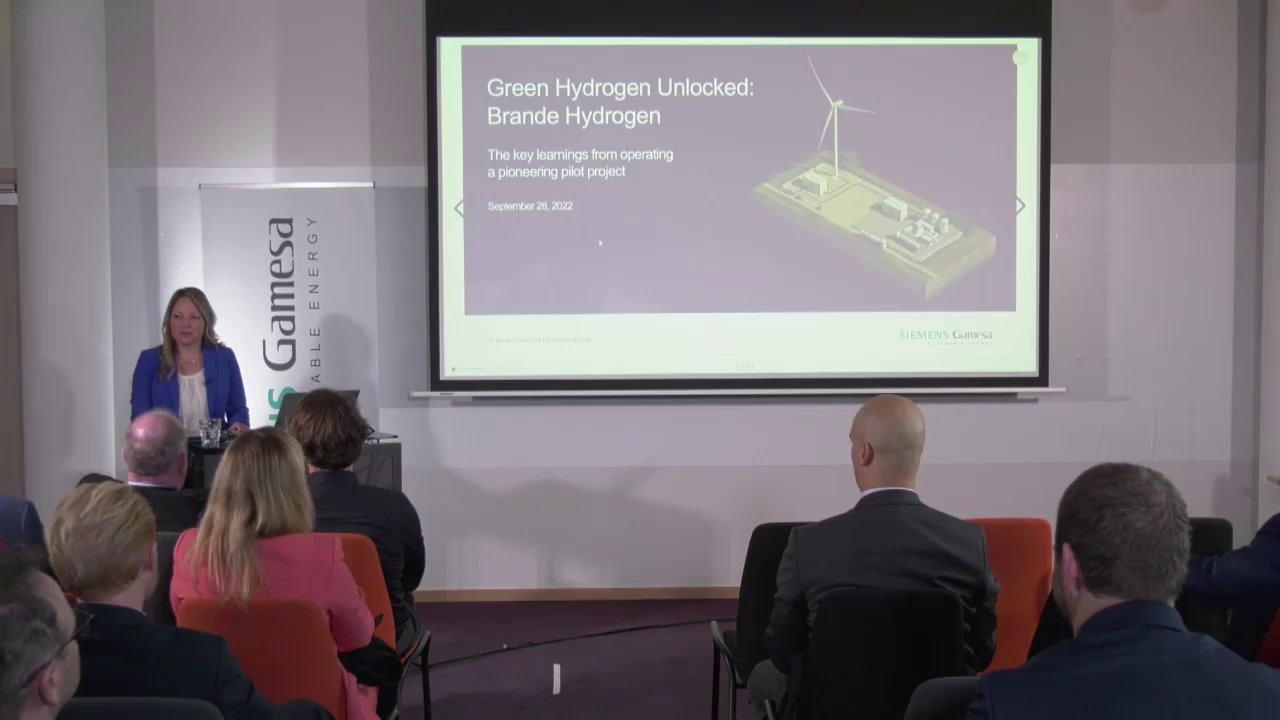
Siemens Gamesa Brande Hydrogen project white paper
Learn about our key findings from having now operated the innovative green hydrogen demonstration project for more than a year.
Download our new "Green Hydrogen Unlocked: The Brande Hydrogen Project" white paper.
Why green hydrogen?
Green hydrogen, produced by electrolyzers powered by a renewable source, is the only viable way to reduce emissions from energy-intensive sectors like heavy industry, heavy transportation and industrial agriculture, which is critical if we are to reach net-zero by 2050.
It is also central to European energy security as the continent seeks to free itself from imported Russian fossil fuels. The changes in supply chain patterns caused by volatility in fossil fuel prices have renewed efforts to create a sustainable market for green hydrogen.
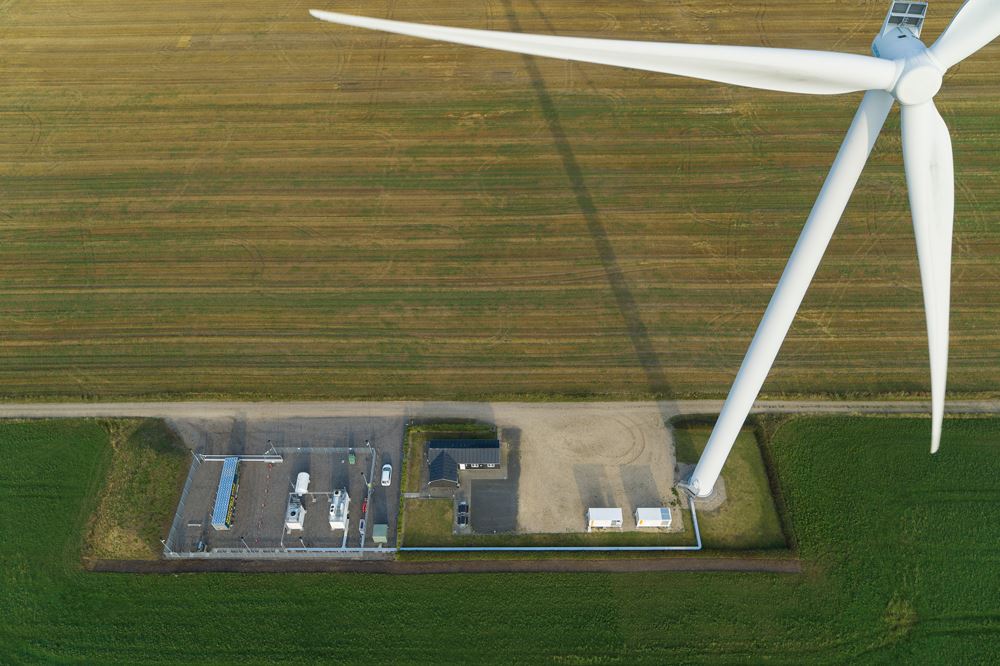
Brande Hydrogen project site in Denmark.
The Brande Hydrogen project: Setting the right course
The Brande Hydrogen project has provided valuable takeaways and insights for all green hydrogen projects, from the small to large scale. Here are the five key learnings:
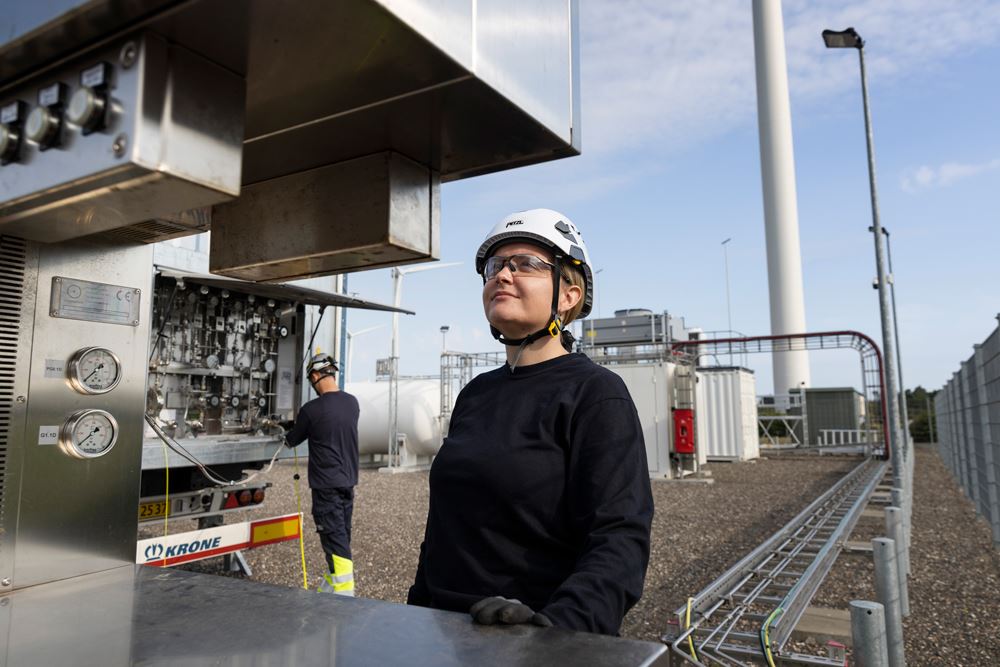
1. Safety must never be compromised
Safety is integral to Siemens Gamesa. It is non-negotiable and a collaborative effort is needed to bring a standardized approach to safety across the entire ecosystem.
Developing a deep and ingrained safety culture has always been a priority for Brande Hydrogen. Siemens Gamesa’s decades of experience building and maintaining on- and offshore wind turbines have helped to inform the safety practices.
2. We cannot wait for regulatory clarification
There is no time to waste when it comes to investing and exploring how to produce and distribute green hydrogen. The private sector needs to work in parallel to the development of regulatory frameworks.
While it is important that regulatory frameworks are accelerated as these are vital to create the conditions for governments, investors, end-users, and innovators to commit to GW-scale projects, we need to make progress in advance of this to demonstrate the viability of green hydrogen and the industry’s commitment to delivery.
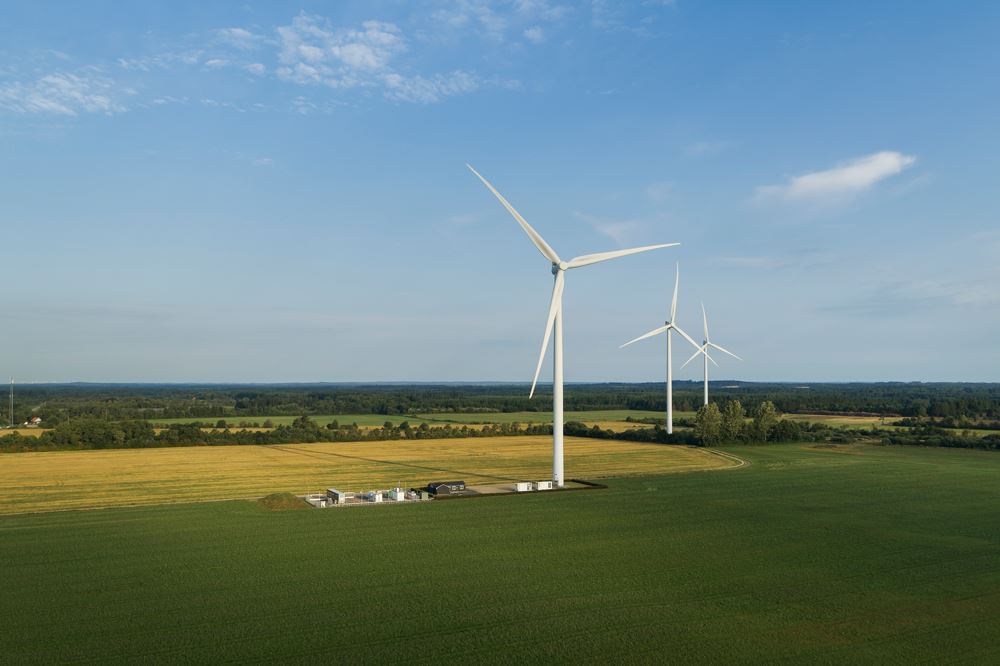
3. The development of new electrolyzers needs to be accelerated
The electrolyzer industry and its supply chain of critical components is an emerging industry. There are an estimated 70 GW of green hydrogen coming onstream between now and 2030.
The time-to-market for new electrolyzers can be accelerated in the immediate term by committing to projects which will encourage competition, investment and innovation. Validating use cases and providing clarity on end-users will also help drive the electrolyzer industry forward.
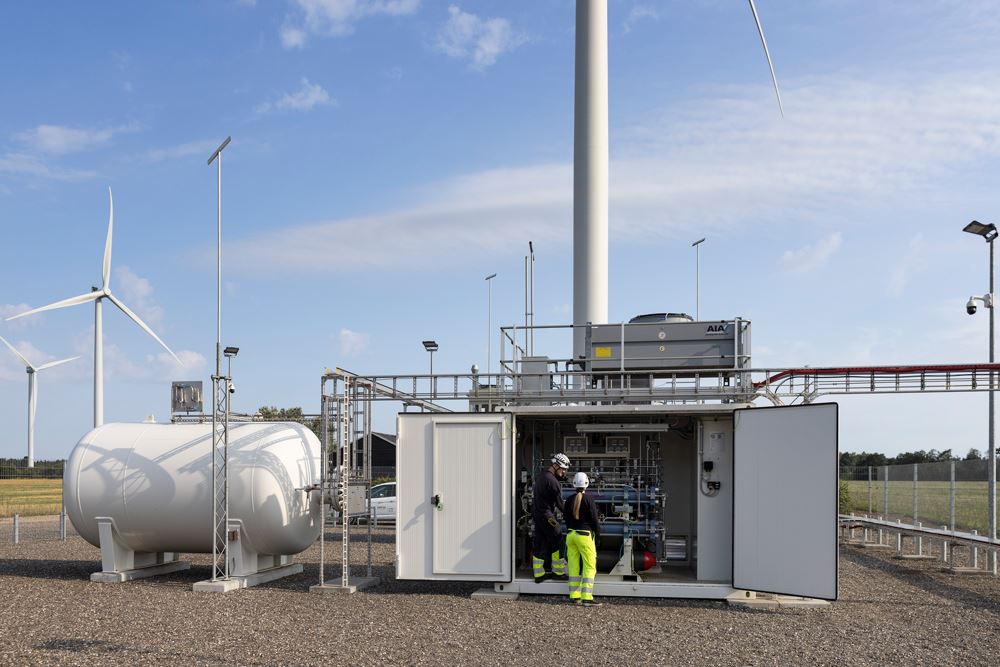
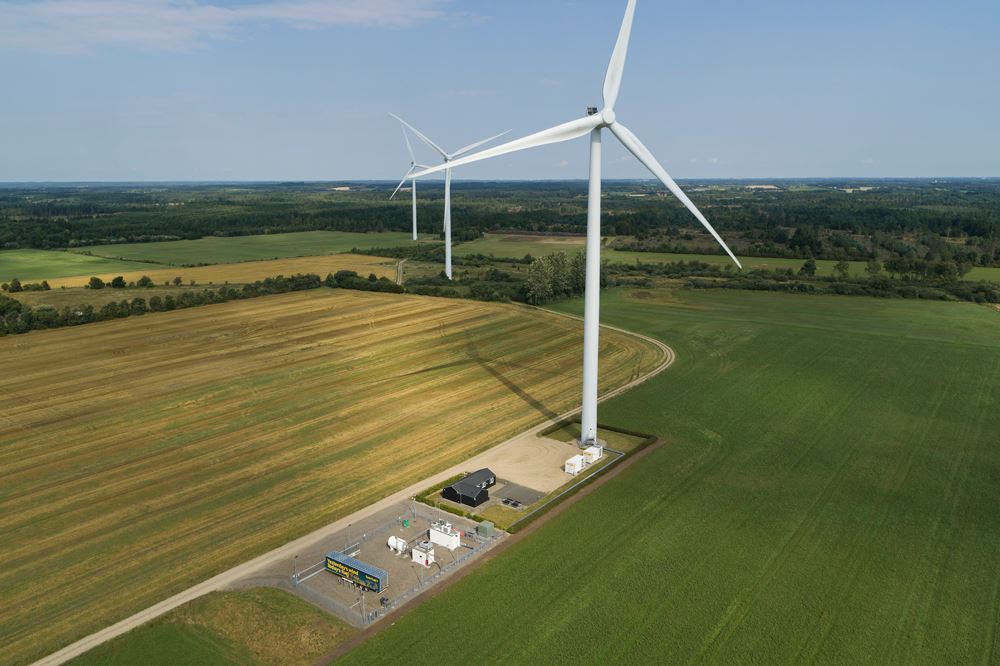
4. Energy management systems (EMS) and control units are fundamental
The commercial and operational success of any green hydrogen project depends on EMS and control units. While the control unit makes all systems talk to each other on a millisecond-level to ensure their smooth and safe operation, thus being more a technical necessity, the real added value lays in the EMS.
EMSs provide algorithms to commercially optimize the operation of the integrated assets (e.g., wind turbines, a PV plant, a battery and an electrolyzer) based on the data that is fed into them, like day-ahead power prices, the hydrogen price, grid service commissions, wind and solar projections, combined with historical data from across the globe – wind patterns, predictive maintenance, price and demand forecasting.
Brande Hydrogen was run without profitability pressure, which allowed us to test and learn various EMS configurations.
5. Technology and IT expertise is crucial to the development of the green hydrogen market
The industry faces intense competition in technology and IT. The skills needed to develop, integrate and maintain the energy management and control systems for a GW-scale green hydrogen production plant are in demand from other sectors as well.
Green hydrogen businesses will be built upon a combination of recruiting new staff with technology and IT expertise, retraining existing talent and formalizing knowledge-sharing with external partners.
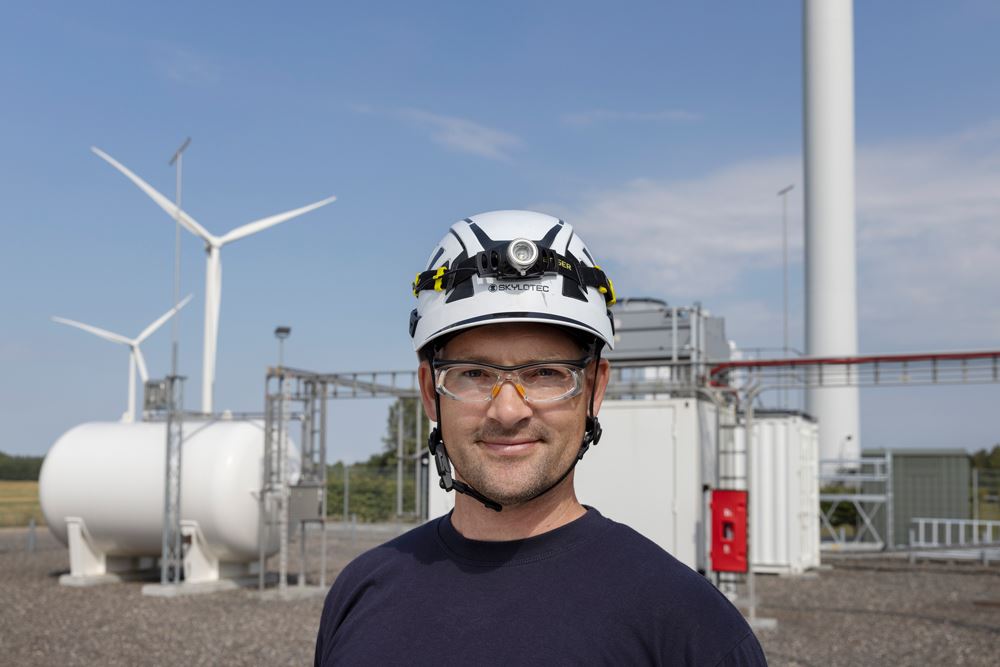
Brande Hydrogen has led us to approach the green hydrogen supply chain as an “ecosystem of partnerships,” rather than as a linear progression of delivered products and contracted services. At every touchpoint we are treating our suppliers as partners, an approach which we believe is essential to speed up the roll-out of green hydrogen and create an industry which is commercially viable and safe.
The green hydrogen industry is emerging, but it does need more urgent and immediate support from regulators and governments.
Brande Hydrogen is proving that with the right people, the right partnerships and the right backing, green hydrogen is no longer a possibility but a promise. This project will be informative and instructive in the green hydrogen revolution that is vital to tackling climate change and reaching net-zero goals by 2050.
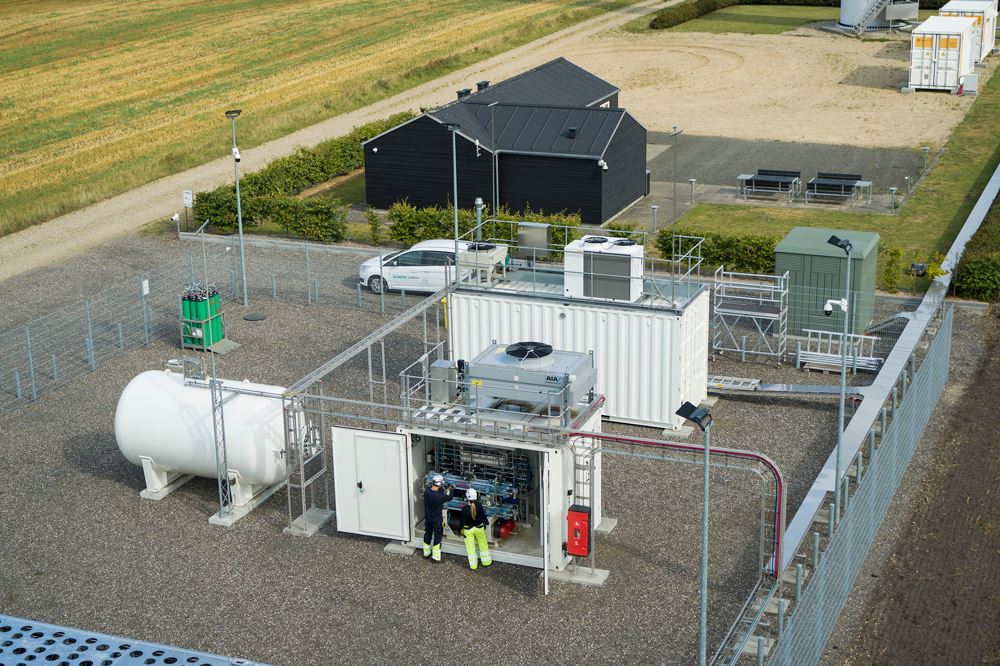
The short-term priorities...
...for the green hydrogen industry, based upon 40 years of experience in wind turbine design, manufacturing, installation, and servicing, include:
- Speed up the approval processes for wind energy
- Establish the rules and regulations for the green hydrogen market at scale, quickly
- Continue to collaborate and create an ecosystem of partnerships which can support use cases during the transition to scale.

